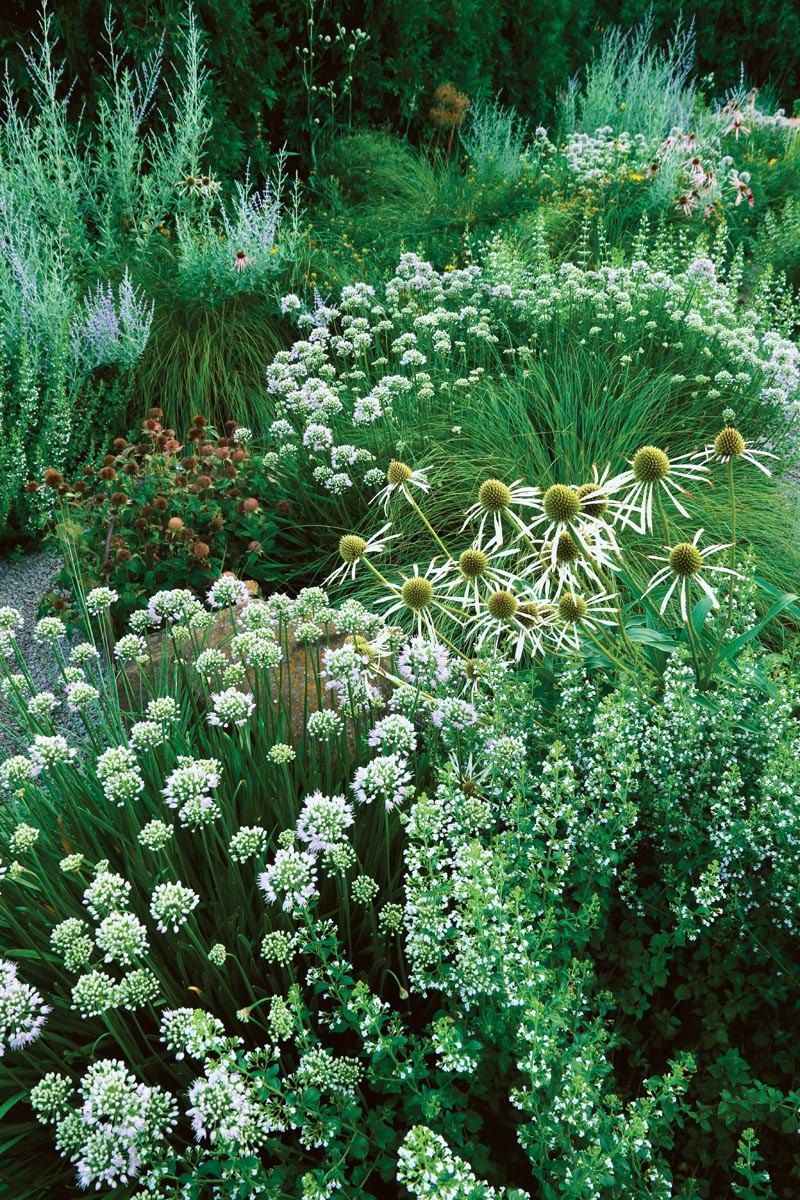Creating a captivating and vibrant plant display is both an art and a science. By combining plants with different textures, you can transform any space into a lush and visually appealing oasis. Textural plant combining isn't just about picking pretty plants; it's about understanding how different surfaces and structures can complement each other to create harmony and interest. Whether you're a seasoned plant parent or a beginner, this guide will inspire you to experiment with diverse textures, ensuring your indoor or outdoor garden stands out. Let's dive into the world of textural combinations and discover how to elevate your green space!
1. Mix Spiky with Soft
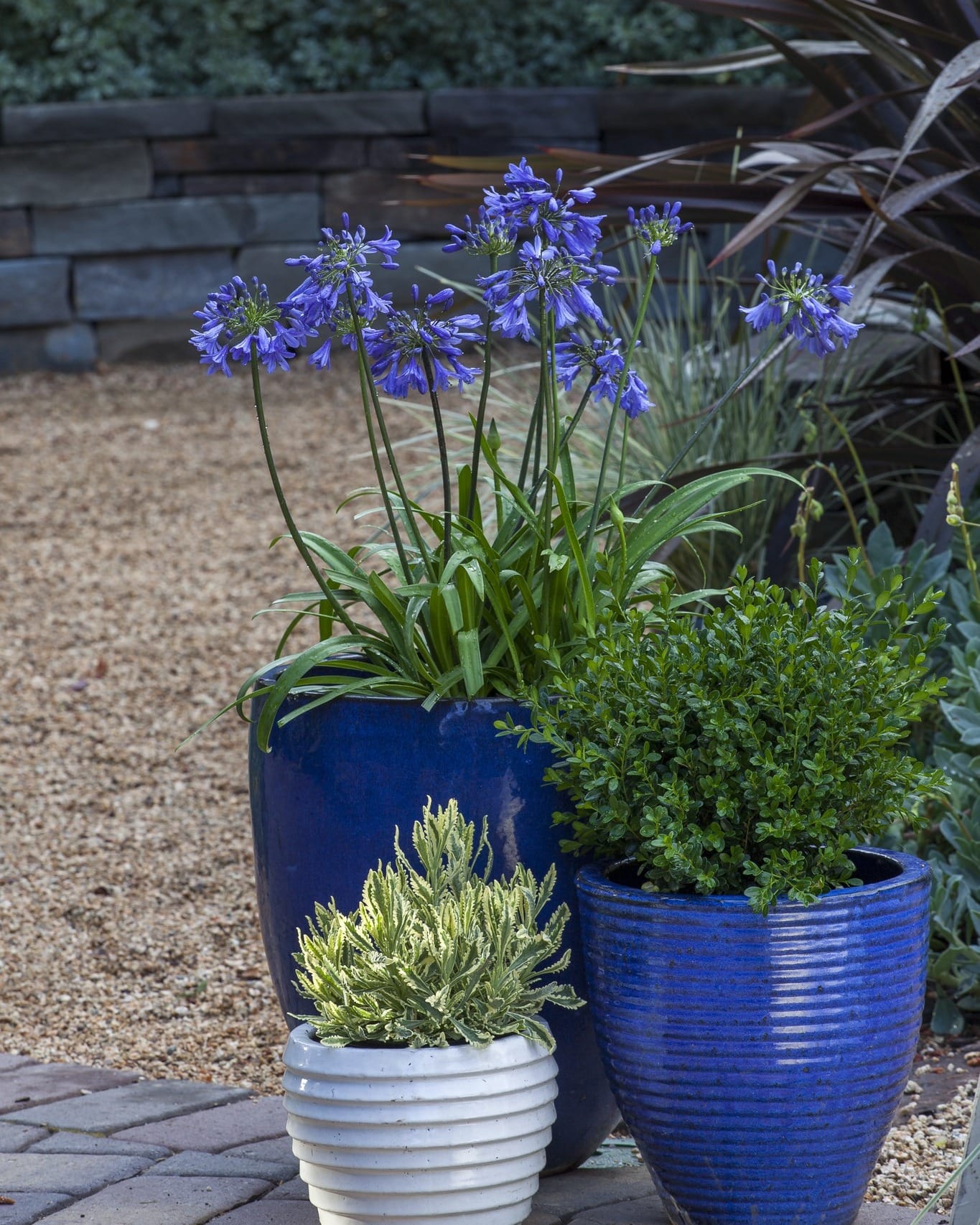
Pairing the sharp, architectural leaves of aloe vera with the soft, velvety leaves of lamb's ear creates a stunning contrast. The juxtaposition of these textures is not only visually appealing but also adds a tactile element to your garden. This combination works well in both pots and garden beds, and both plants are relatively low maintenance, making them ideal for beginners. Make sure to provide adequate sunlight and well-draining soil for optimal growth.
2. Pair Glossy with Matte
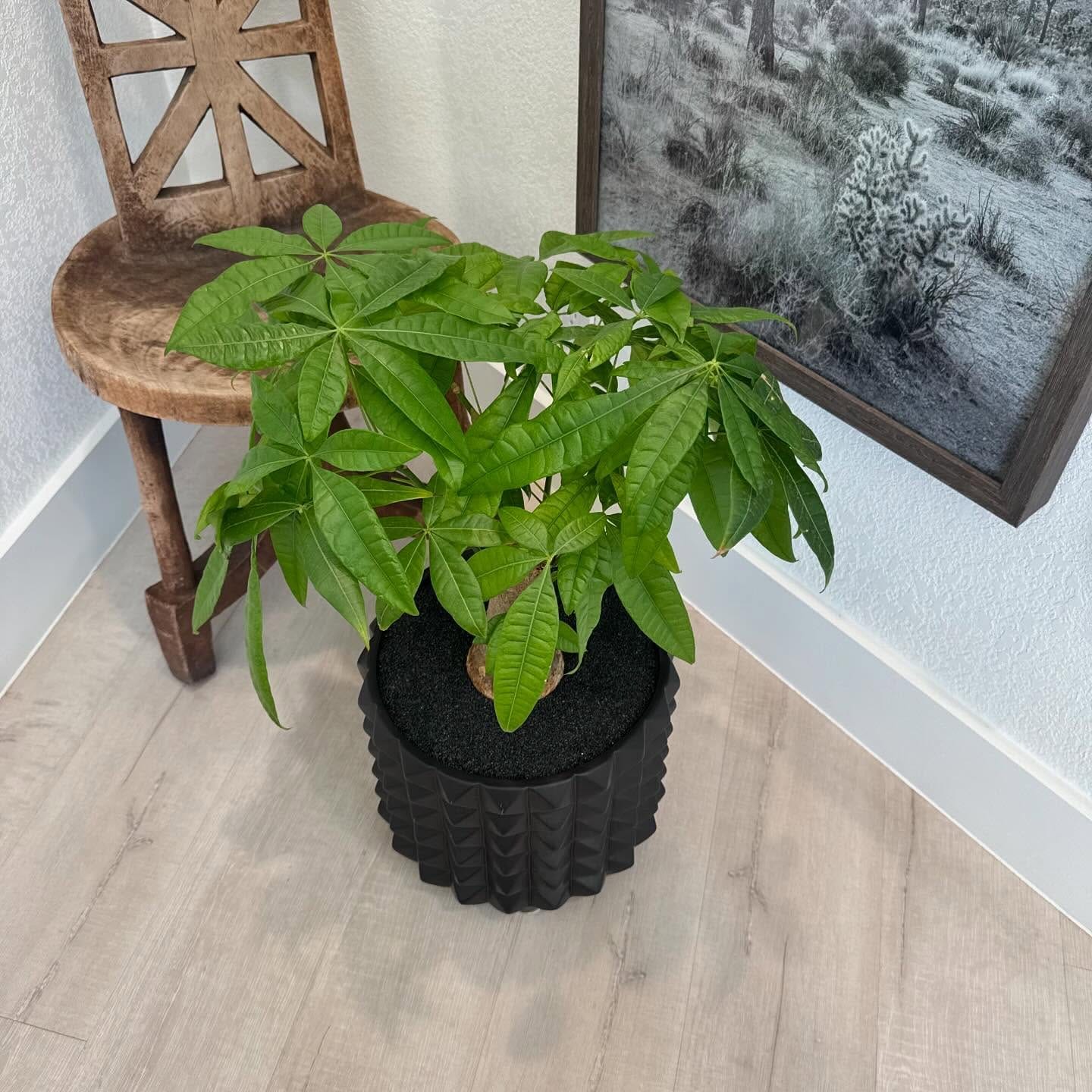
The rich, glossy leaves of the rubber plant contrast beautifully with the silvery, matte foliage of dusty miller. This combination adds depth and sophistication to any space. Place them in a bright spot to ensure the rubber plant thrives, while the dusty miller can tolerate slightly shadier conditions. This duo can easily be integrated into existing plant arrangements or used as a focal point.
3. Combine Large Leaves with Fine Foliage
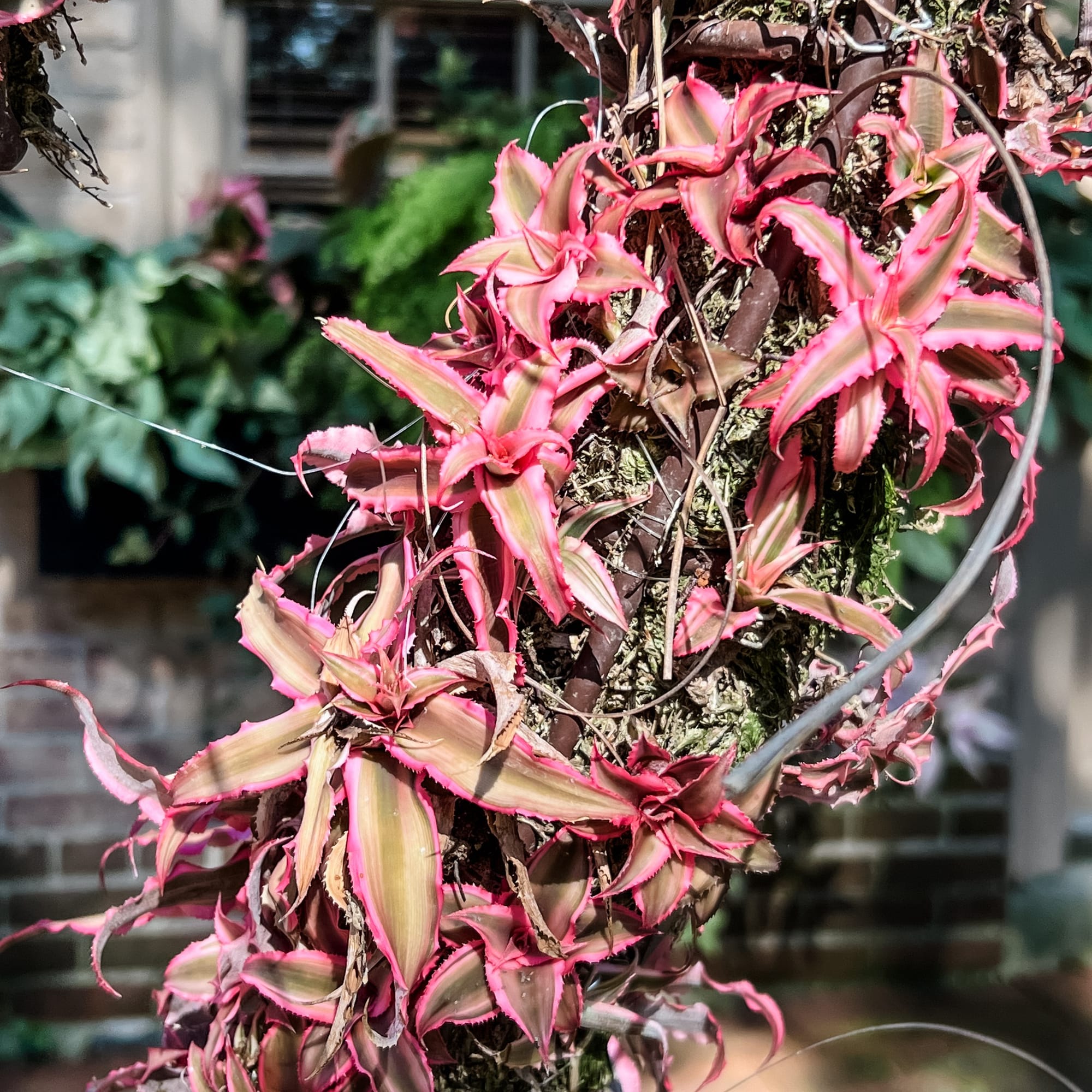
Monstera's large, fenestrated leaves make a bold statement when paired with the fine, feathery foliage of the asparagus fern. This combination creates a lush and tropical feel, perfect for indoor spaces. Ensure the monstera receives bright, indirect light, while the asparagus fern can handle slightly lower light conditions. Together, they create a dynamic and textural contrast that draws the eye.
4. Blend Upright with Trailing
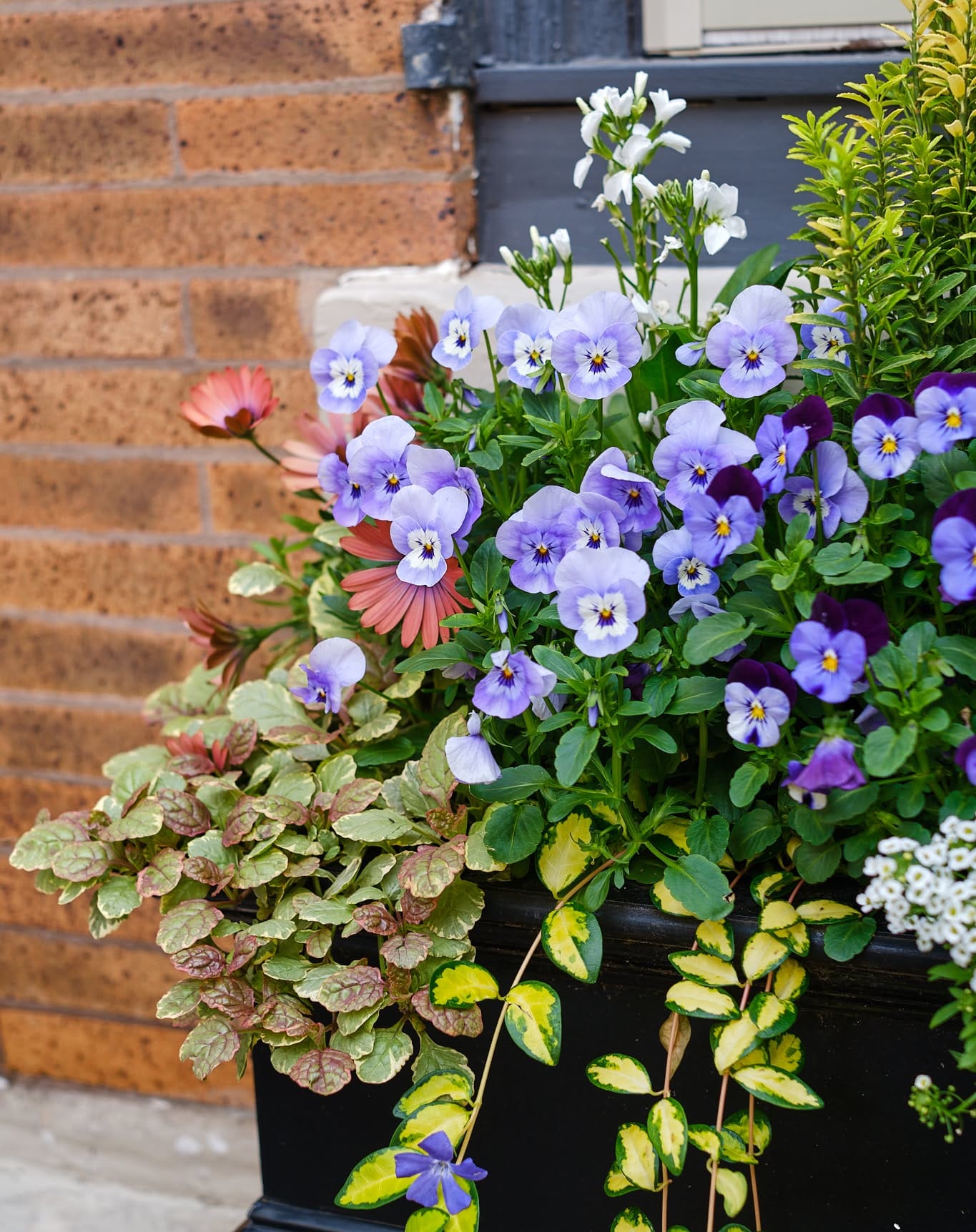
For an eye-catching display, pair the upright, sword-like leaves of a snake plant with the cascading strands of a string of pearls plant. The vertical and horizontal elements provide a balanced and harmonious look. Both plants are drought-tolerant and ideal for busy individuals. Position them in a well-lit area to encourage healthy growth and vibrant color.
5. Contrast Smooth with Fuzzy

The smooth, glossy leaves of a peace lily pair beautifully with the fuzzy, textured leaves of an African violet. This combination adds warmth and depth to any room. Both plants thrive in indirect light and need regular watering, making them easy to care for. Together, they create a serene and inviting ambiance.
6. Match Bold with Subtle
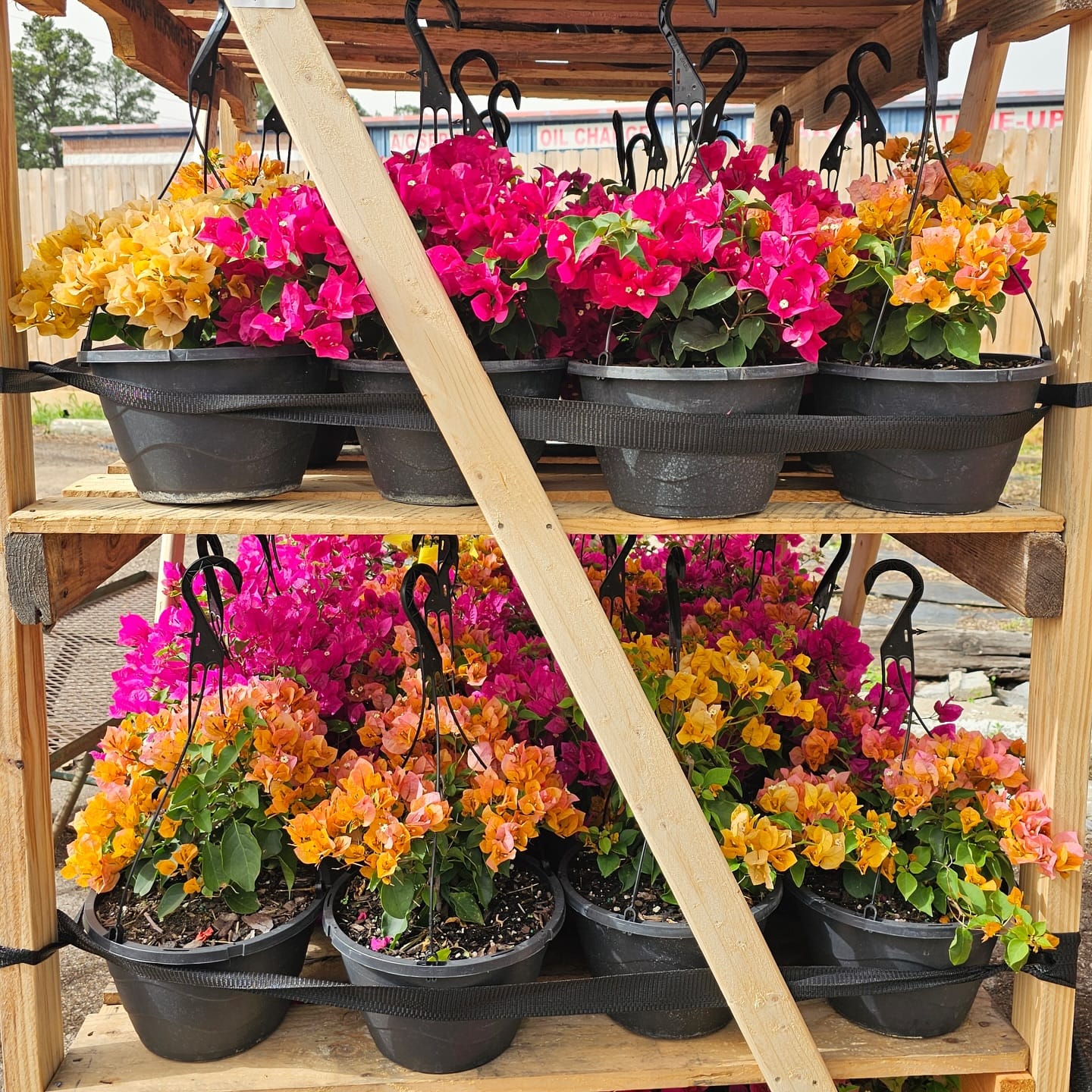
The bold, dramatic leaves of the bird of paradise contrast strikingly with the delicate, tiny leaves of baby tears. This pairing brings a vibrant energy to any space, with the bird of paradise acting as a focal point. Ensure the bird of paradise receives ample sunlight, while baby tears can thrive in more shaded areas. Together, they create a balanced and visually interesting display.
7. Unite Variegated with Solid

Combine the striking variegated leaves of a philodendron with the solid green leaves of a pothos for an appealing contrast. This combination is perfect for adding visual interest to a shelf or hanging basket. Both plants are easy to care for and adapt well to various lighting conditions, making them suitable for beginners.
8. Pair Structural with Whimsical
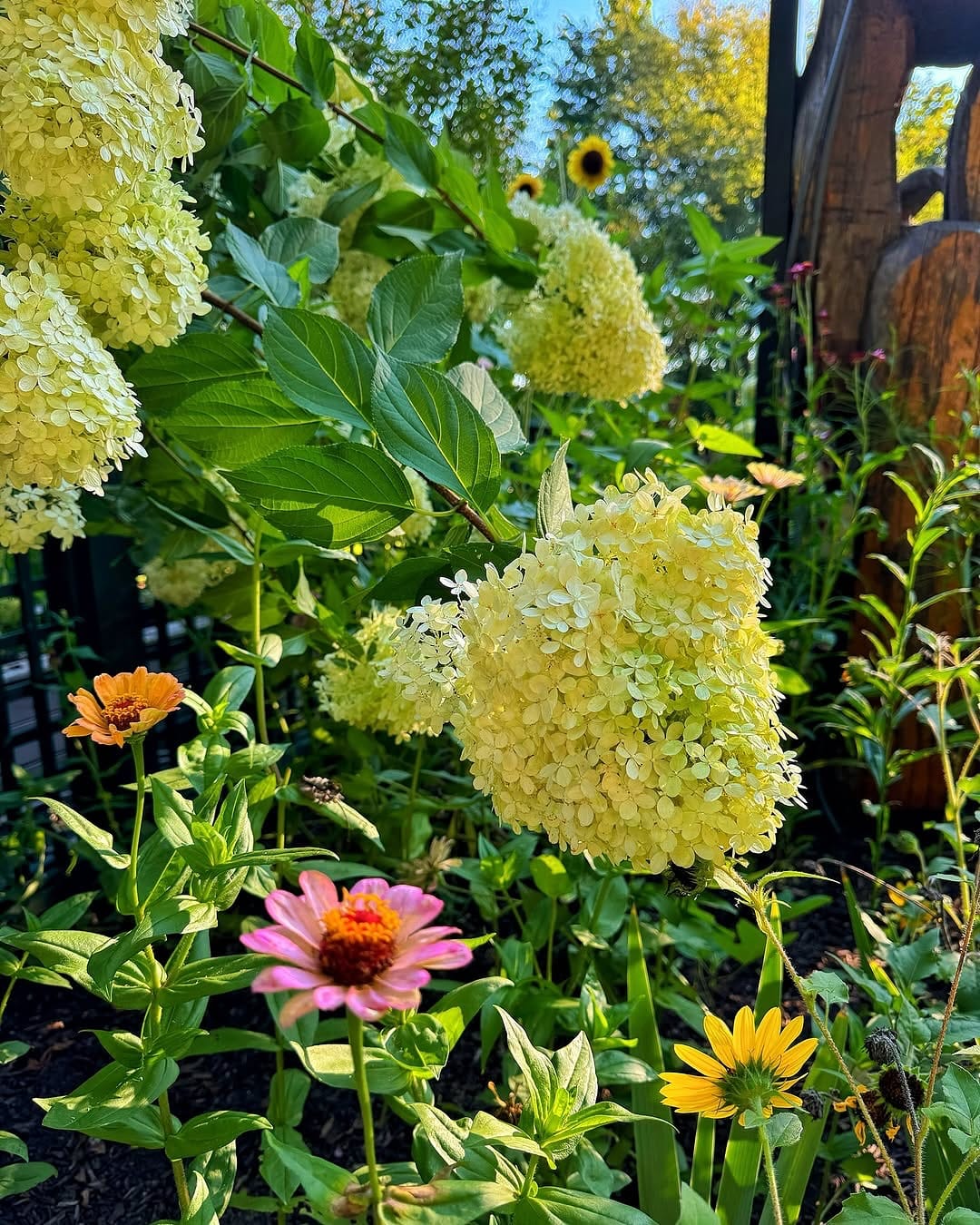
The architectural form of the ZZ plant complements the playful, arching leaves of a spider plant. This combination adds character and charm to any space. Both plants are hardy and require minimal maintenance, making them ideal for those new to plant care. Place them in moderate light for optimal growth.
9. Mix Compact with Sprawling
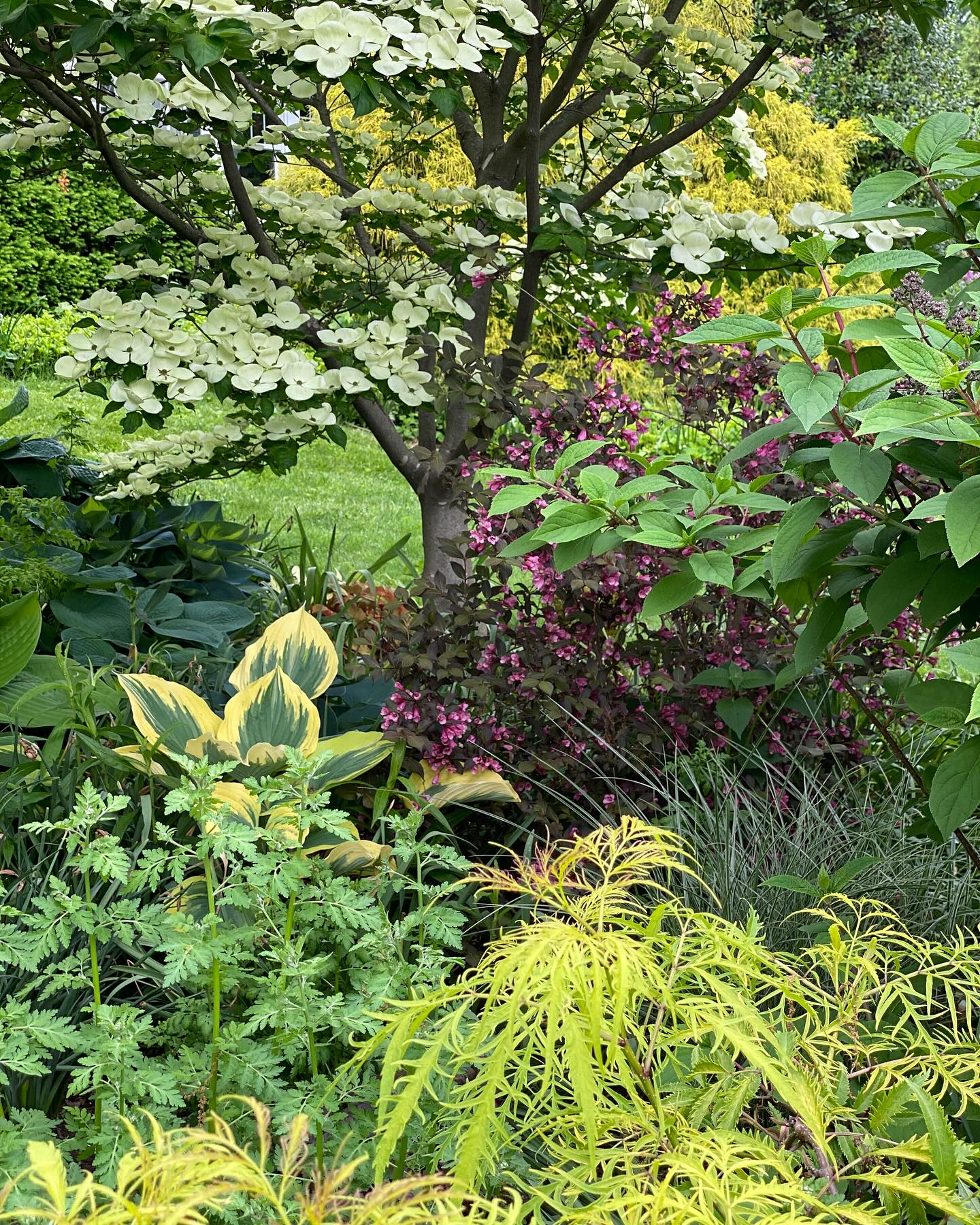
The compact, succulent leaves of a jade plant contrast beautifully with the sprawling vines of ivy. This duo creates a dynamic and engaging display that works well on tabletops or hanging planters. Both plants are relatively low-maintenance and can thrive in various light conditions, making them versatile additions to your plant collection.
10. Combine Colorful with Neutral

The vibrant, multicolored foliage of a croton pairs wonderfully with the neutral tones of a snake plant. This combination brings a splash of color and life to any room. Crotons thrive in bright light, while snake plants are more adaptable, allowing for flexible placement options. Together, they create a lively and balanced arrangement.
11. Pair Textured with Sleek

The textured, patterned leaves of a calathea contrast elegantly with the sleek, smooth leaves of a peace lily. This combination adds sophistication and elegance to any space. Both plants do well in indirect light and require regular watering to maintain their lush appearance. Together, they create a serene and stylish environment.
12. Blend Vertical with Horizontal

For an interesting spatial dynamic, pair the vertical growth of a bamboo palm with the horizontal spread of a trailing pothos. This combination creates a sense of movement and flow, perfect for filling empty corners or spaces. Both plants are easy to care for and thrive in various light conditions.
13. Unite Minimalist with Abundant
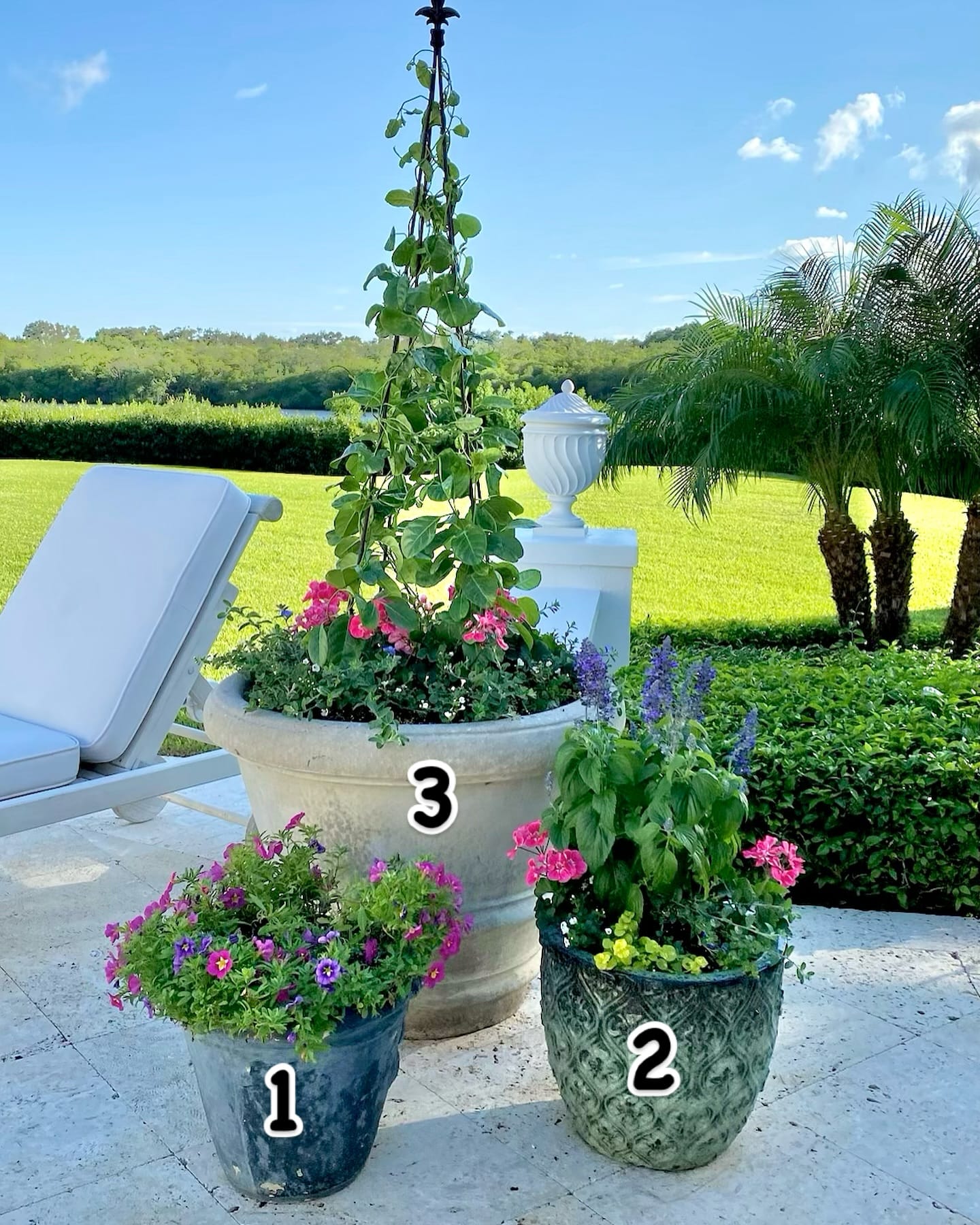
The minimalist form of a fiddle leaf fig pairs beautifully with the lush, abundant foliage of a Boston fern. This combination balances simplicity with complexity, creating a harmonious and inviting atmosphere. Both plants require bright, indirect light to thrive, making them great companions in well-lit spaces.
14. Contrast Rounded with Linear
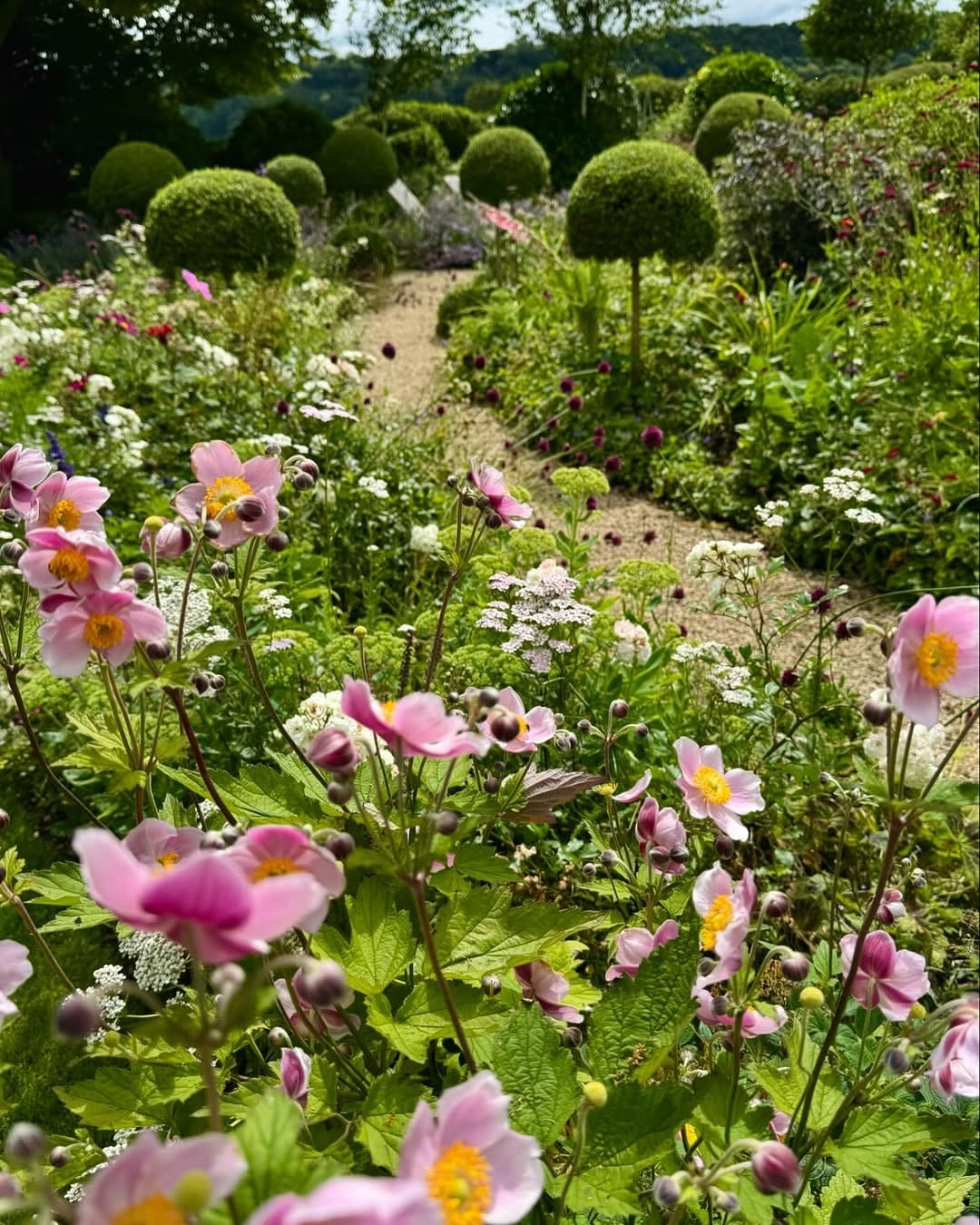
The rounded, shiny leaves of a rubber plant contrast with the linear, upright leaves of a snake plant. This pairing adds depth and dimension to any arrangement. Both plants are resilient and easy to care for, making them suitable for beginners. Place them in bright, indirect light for best results.
15. Combine Edgy with Delicate

The sharp, edgy leaves of an agave plant pair beautifully with the delicate, airy foliage of a maidenhair fern. This combination creates a striking contrast, perfect for adding interest to any plant collection. Ensure the agave receives plenty of sunlight, while the maidenhair fern thrives in a more shaded environment.
16. Mix Bold with Subtle
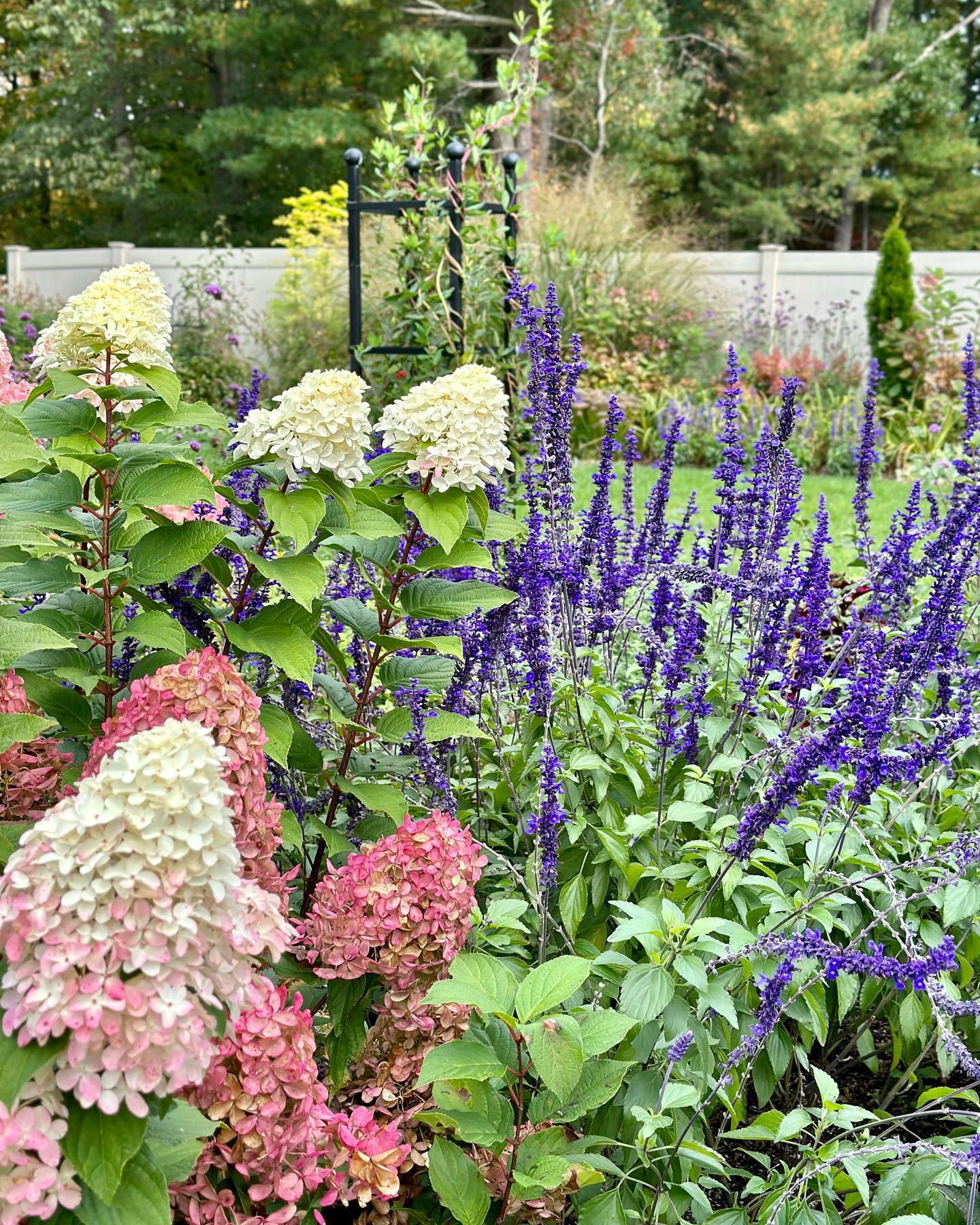
The bold, heart-shaped leaves of a philodendron contrast with the delicate, clover-like leaves of an oxalis plant. This combination adds whimsy and charm to any space. Both plants thrive in indirect light and require regular watering, making them easy to care for.
17. Pair Textured with Smooth
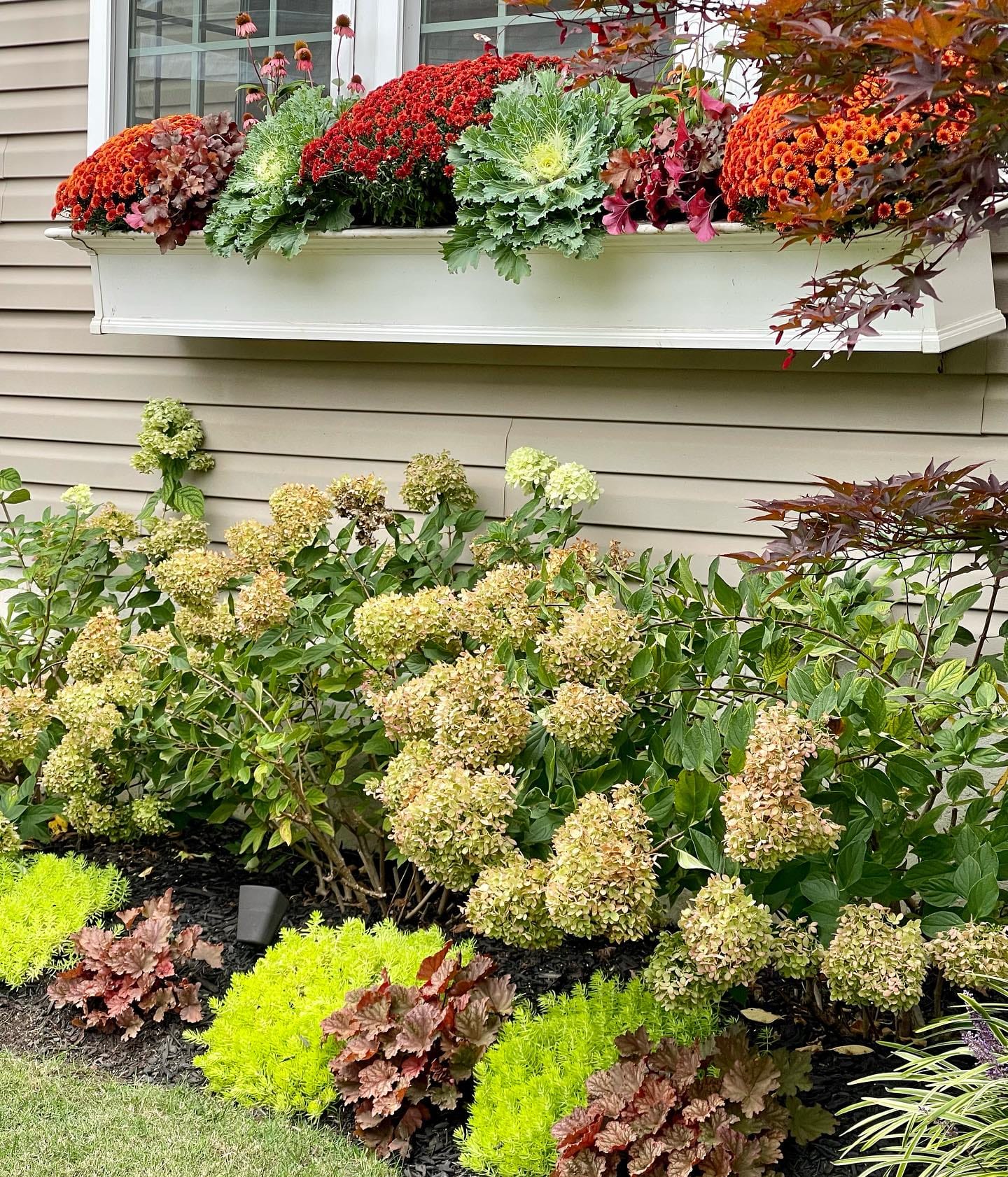
The intricate patterns of a calathea's leaves contrast with the smooth, glossy leaves of a rubber plant. This combination creates a sophisticated and elegant look. Both plants do well in indirect light and require consistent moisture to maintain their vibrant appearance.
18. Blend Dense with Sparse

The dense foliage of a fern pairs beautifully with the sparse, upright leaves of a sansevieria. This combination creates a balanced and harmonious display, perfect for any room. Both plants are hardy and require minimal maintenance, making them ideal for beginners.
19. Combine Ornate with Simple
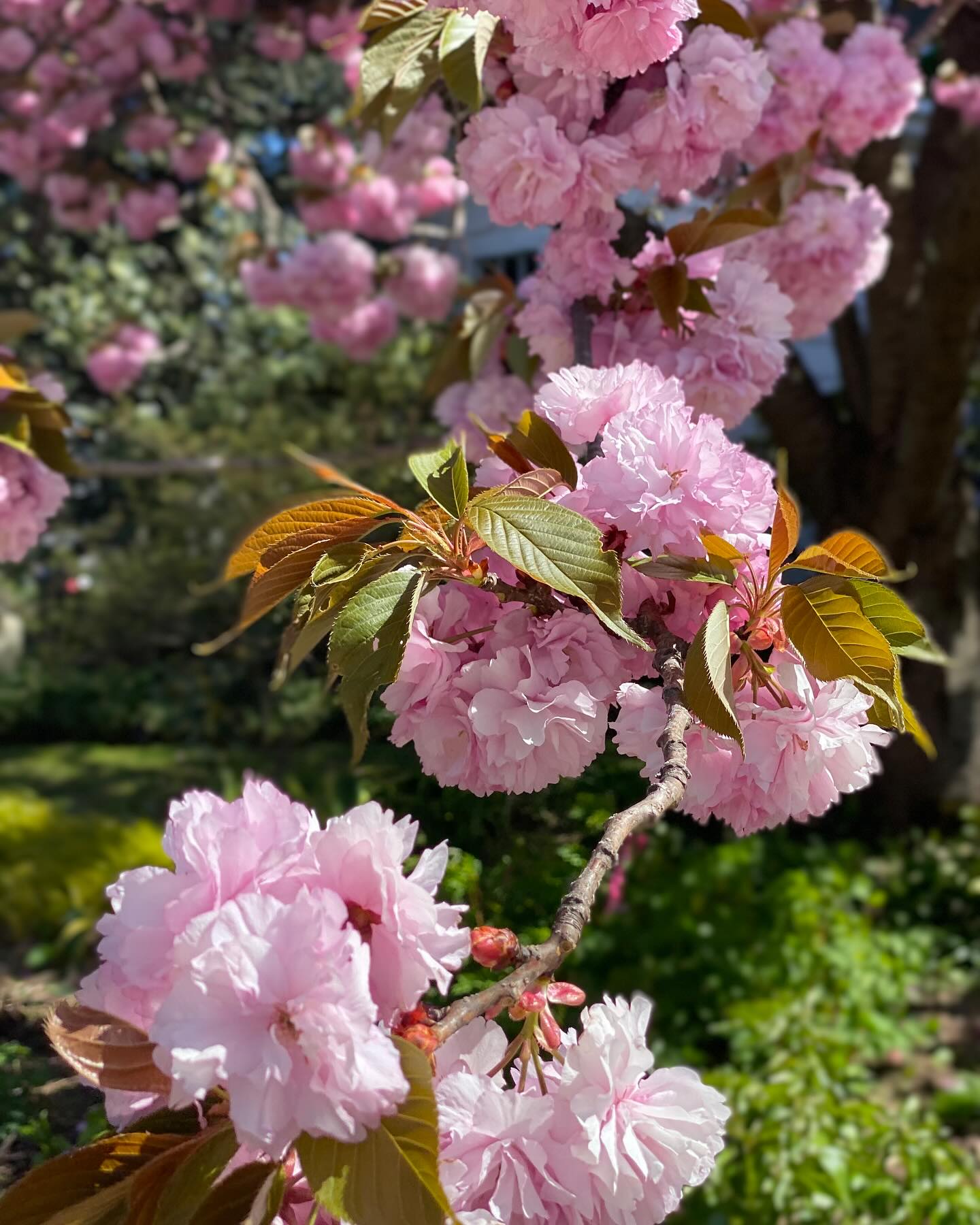
The ornate leaves of a begonia contrast beautifully with the simple, glossy leaves of a ZZ plant. This pairing adds elegance and charm to any space. Both plants thrive in indirect light and require regular watering, making them easy to care for.
20. Mix Tropical with Desert
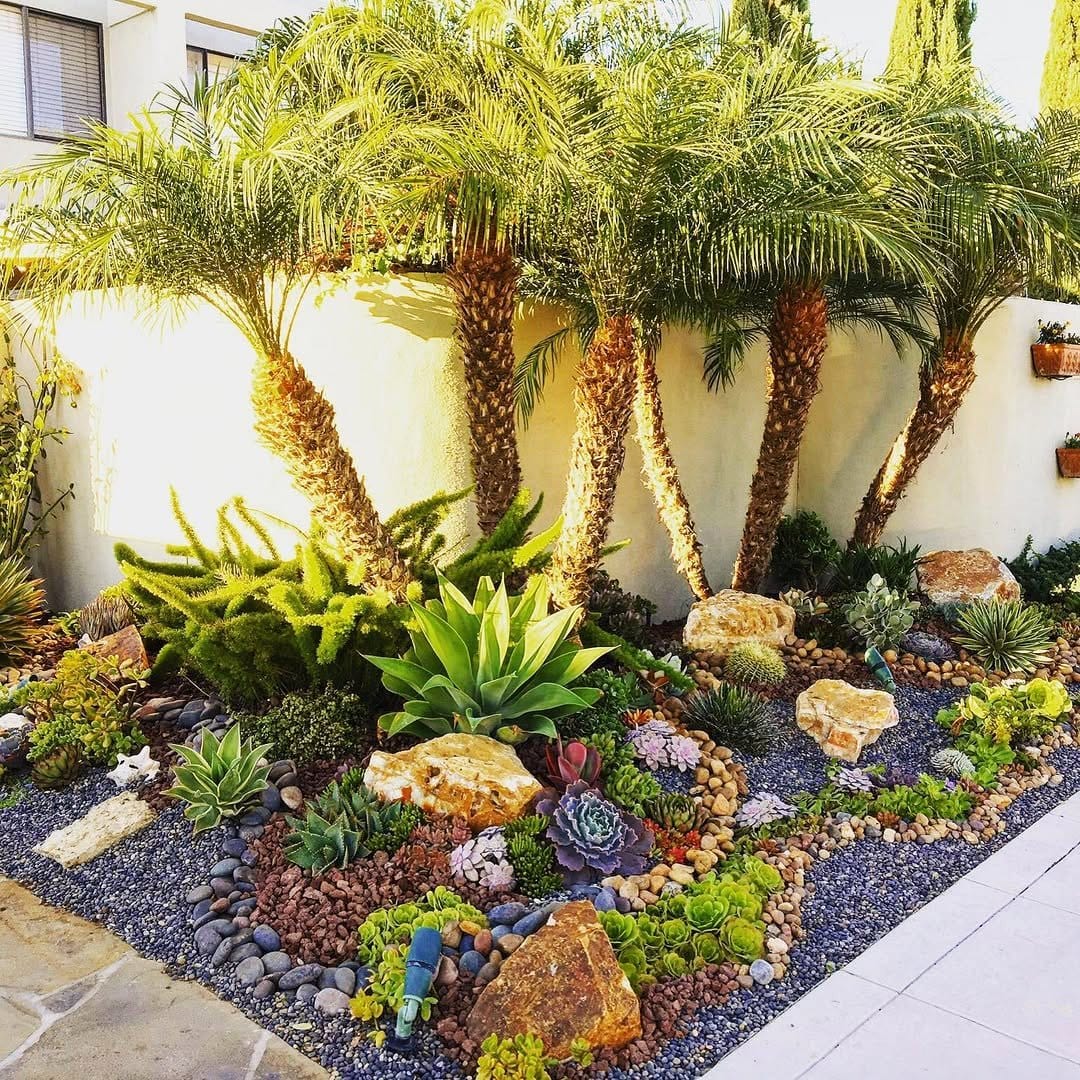
For a unique and interesting combination, pair a tropical palm with a desert succulent. This pairing creates a striking contrast, perfect for adding interest to your plant collection. Both plants require bright light and minimal watering, making them easy to care for.
21. Pair Textured with Sleek
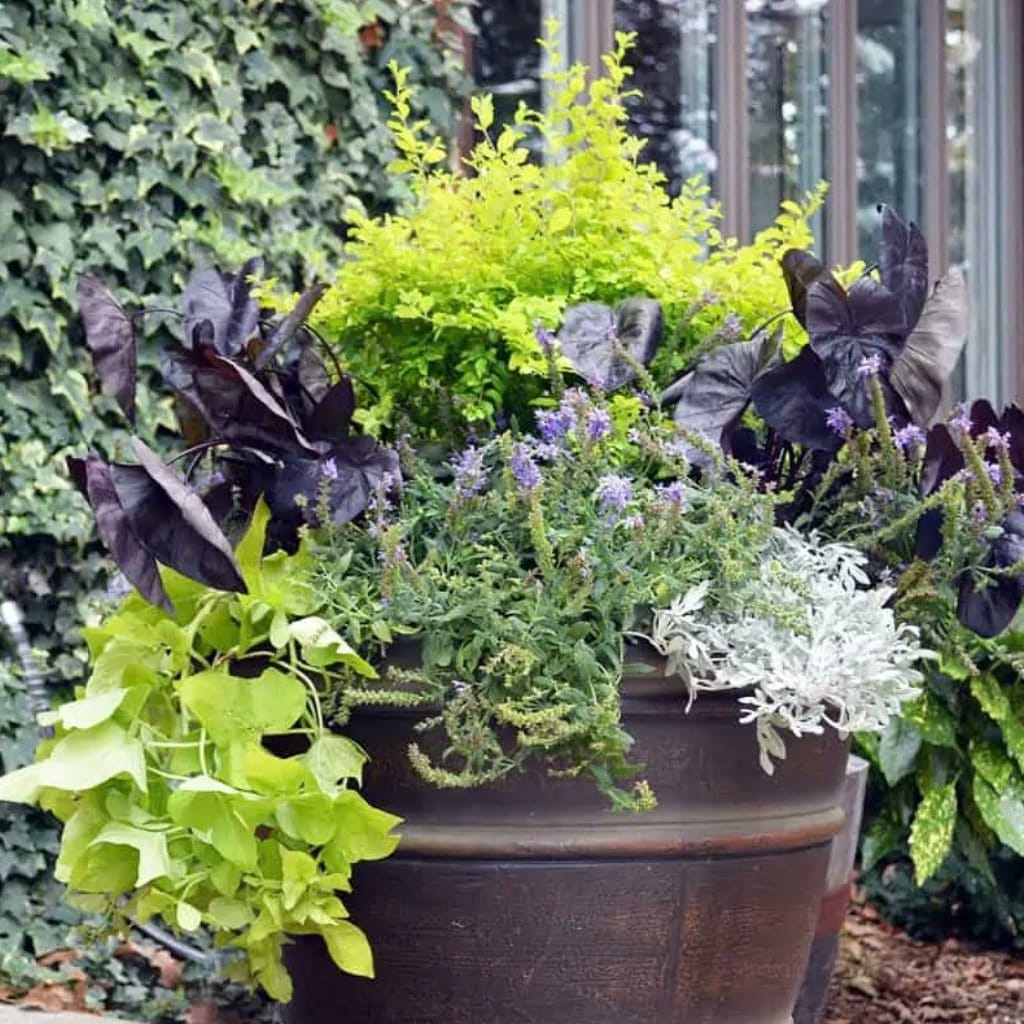
The textured leaves of a ficus plant contrast elegantly with the sleek, smooth leaves of a peace lily. This combination adds sophistication and elegance to any space. Both plants do well in indirect light and require regular watering to maintain their lush appearance.
Final Thoughts
Textural plant combining offers endless possibilities to create captivating and dynamic plant displays. By experimenting with different textures, you can transform any space into a lush, inviting oasis. Whether you're mixing spiky and soft or pairing bold with subtle, the key is to find combinations that resonate with your personal style and space. Don't be afraid to experiment and let your creativity flourish. With these tips and ideas, you're well on your way to mastering the art of textural plant combining. Happy planting!
